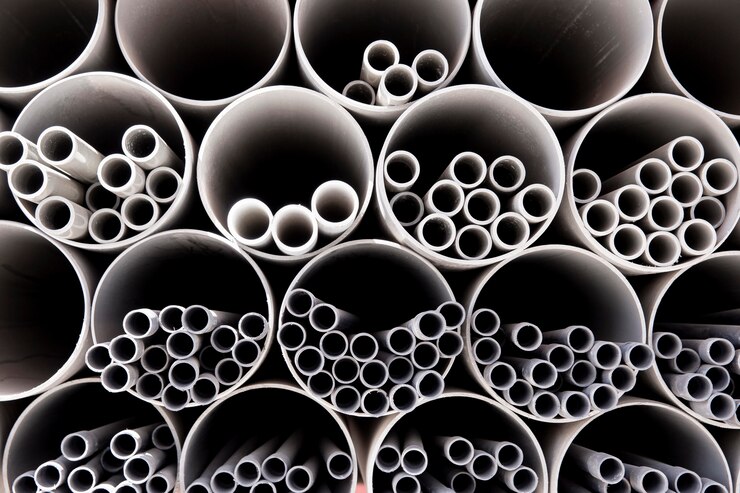Home plumbing systems are the unsung heroes of modern living, silently ensuring comfort, convenience, and safety. Choosing the right pipe for home plumbing is critical to avoid future hassles, from water leaks to inefficient flow. In this guide, we’ll explore the most popular pipe types, their features, and which one is best suited for your […]

Home plumbing systems are the unsung heroes of modern living, silently ensuring comfort, convenience, and safety. Choosing the right pipe for home plumbing is critical to avoid future hassles, from water leaks to inefficient flow. In this guide, we’ll explore the most popular pipe types, their features, and which one is best suited for your home.
Your plumbing system is the backbone of your home, ensuring smooth water supply and drainage. The right pipe prevents long-term issues like leaks, corrosion, and poor water quality. It also enhances the system’s longevity, reducing maintenance costs.
Imagine frequent pipe bursts or clogged drains disrupting your daily life. Such problems often stem from poor pipe selection during installation. A little foresight can save significant time, effort, and money.
Here’s a closer look at the most commonly used pipes and their pros and cons.
Copper pipes have been the standard choice for decades. They are durable, long-lasting, and highly resistant to corrosion.
Advantages:
Disadvantages:
PVC (Polyvinyl Chloride) pipes are a lightweight and affordable option. They are mainly used for drain and waste systems.
Advantages:
Disadvantages:
PEX (Cross-linked Polyethylene) pipes have revolutionized plumbing with their flexibility and efficiency.
Advantages:
Disadvantages:
Once popular, galvanized steel pipes are now less common due to modern alternatives.
Advantages:
Disadvantages:
Selecting the best pipe for your home requires evaluating several factors. Here’s what you should keep in mind:
| Pipe Type | Durability | Cost | Best Use | Limitations |
| Copper Pipes | 50+ years | High | Water supply, hot water | Expensive, rigid |
| PVC Pipes | 25-40 years | Low | Drain, waste systems | Brittle, unsuitable for heat |
| PEX Pipes | 40-50 years | Medium | Hot and cold water lines | UV sensitive |
| Galvanized Steel | 20-50 years | Medium-High | High-pressure systems | Corrosion-prone |
After evaluating all options, PEX pipes emerge as the top choice for most home plumbing needs. Their flexibility, cost-efficiency, and durability make them a favorite among homeowners and professionals alike.
However, your choice should align with specific needs:
Consult a professional plumber to assess your home’s unique requirements.
A: Yes, but use appropriate fittings and connectors to avoid leaks or corrosion.
A: Yes, PEX pipes are approved for potable water use and resist scaling and corrosion.
A: It depends on the material. Copper and PEX pipes last 40-50 years, while PVC may need replacement sooner.
A: Copper pipes are recyclable and environmentally friendly, despite their higher cost.
Choosing the right pipe for home plumbing is an investment in your home’s future. PEX pipes offer unmatched flexibility and efficiency, while Copper pipes deliver longevity and superior water quality. Evaluate your specific needs, budget, and local conditions to make an informed decision.
Remember, a well-planned plumbing system saves time, money, and stress in the long run.